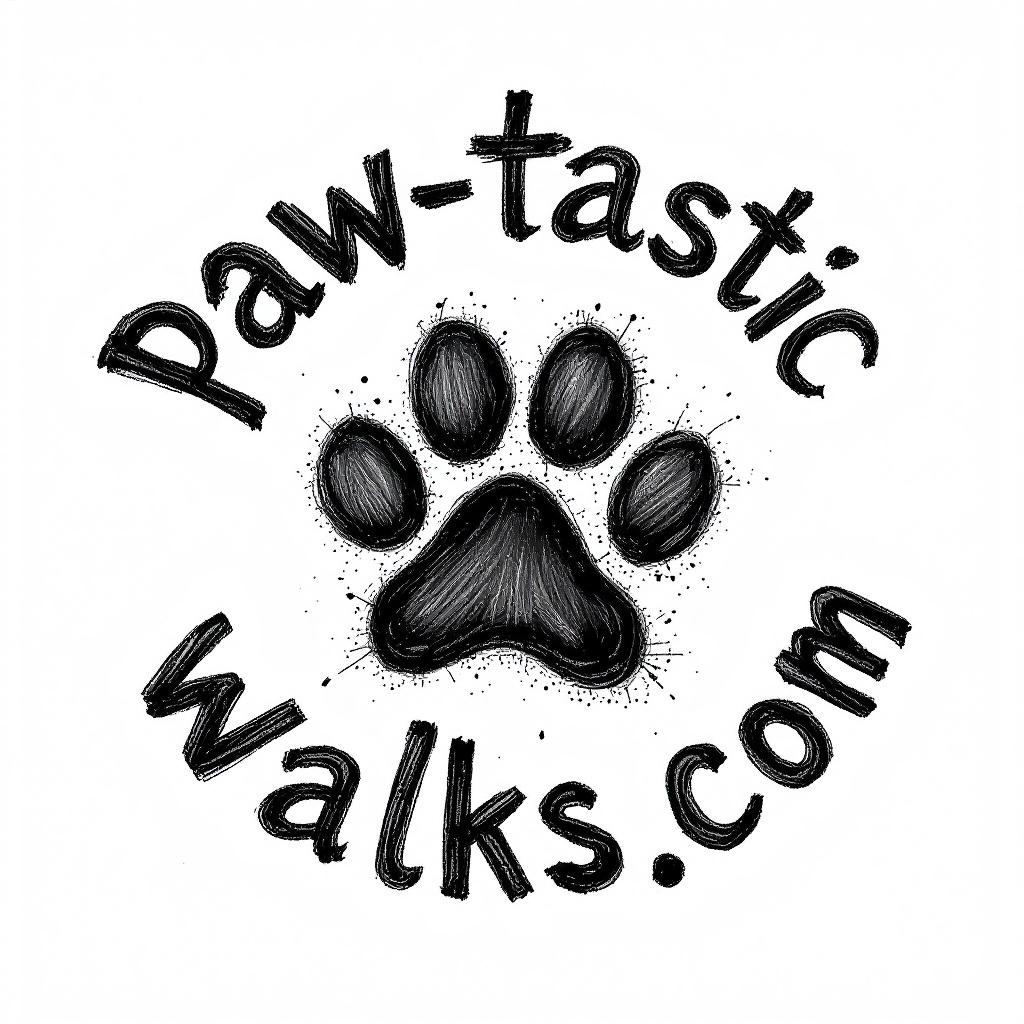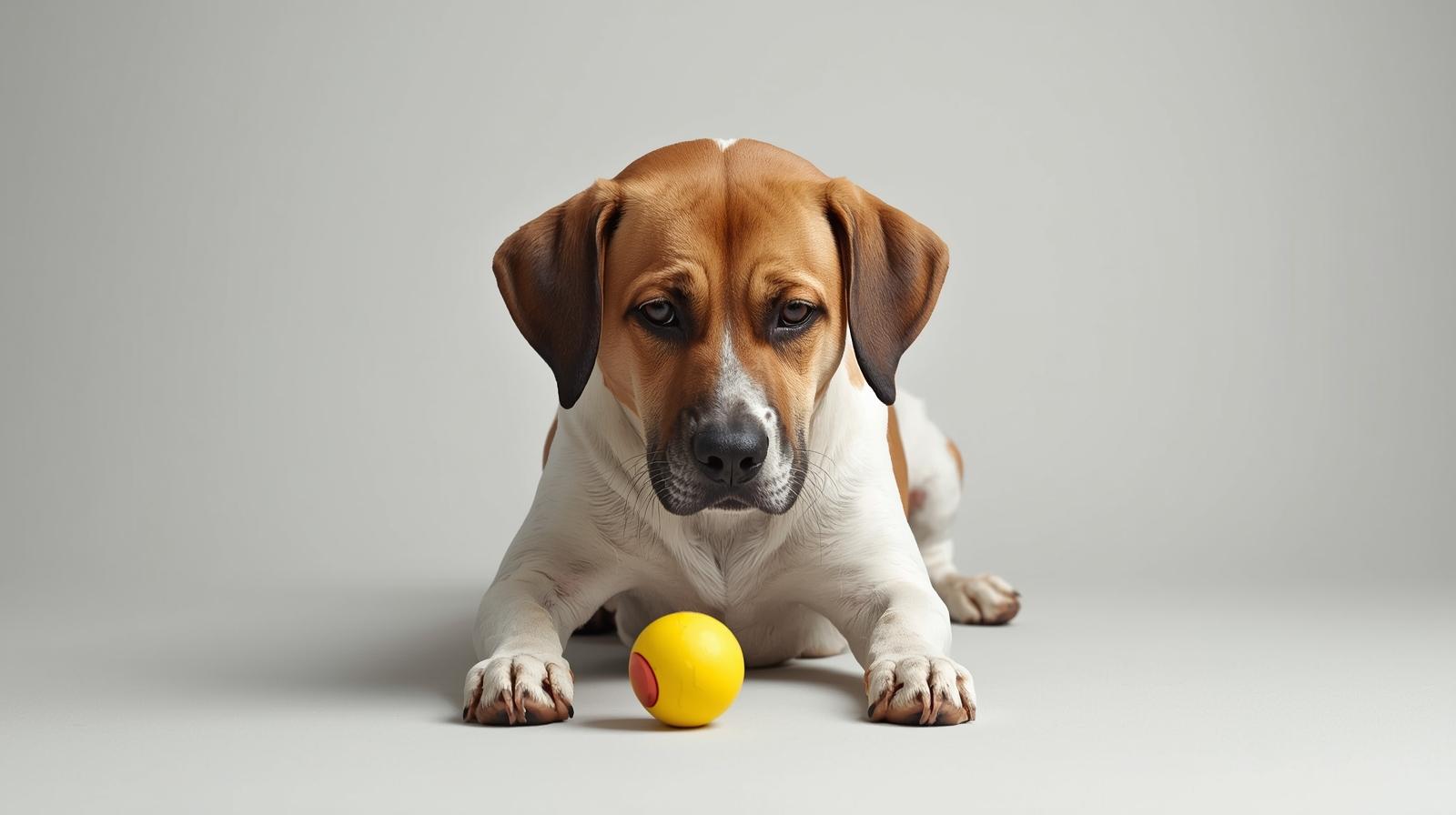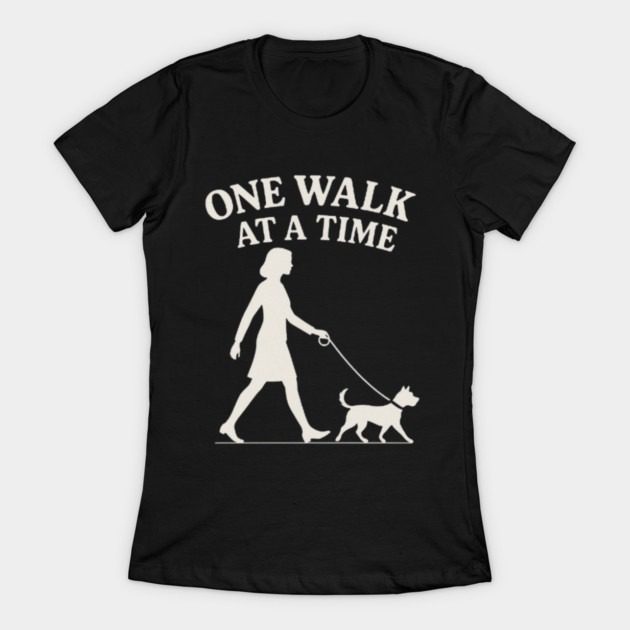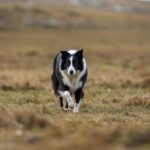Learn the Early Signs Your Dog Needs More Exercise, like pacing, barking, or extra chewing. See easy fixes with play, walks, and puzzle time.
Every dog needs daily movement for their health and happiness.
Regular exercise does more than help keep your pup’s weight in check—it supports their joints, helps reduce stress, and burns off the kind of restless energy that can lead to mischief.
If you notice your dog chewing what they shouldn’t, pacing at odd hours, barking more than usual, or appearing extra hyper or a bit down, these could be early signs your dog needs more exercises.
Behavioural shifts and small physical changes are often the first clues that your dog is craving more activity.
Luckily, in East Cornwall, dog owners don’t have to manage this challenge alone. Reliable dog walking services, whether you need group dog walks, daily dog walks, or even specialised puppy walking services, are a friendly solution.
They fit around busy schedules and reduce the worry of leaving your pet’s needs unmet.
Working with a professional dog walker also makes sure dogs stay active and content, while giving owners peace of mind and fair dog walking rates.
If you want to learn more about signs unique to certain breeds, you might find these tips for Rottweiler walking tips for beginners particularly helpful. When you’re considering your options, contact Paw-Tastic Walks for service info to discover the right pet walking near you.
For a deeper dive into canine behaviour and needs, the dog article on Wikipedia offers rich information about breeds and health.
Your dog is letting you know when it’s time for more fun—East Cornwall’s local dog exercise services are here to help you answer the call.
Key Signs Your Dog Needs More Exercise
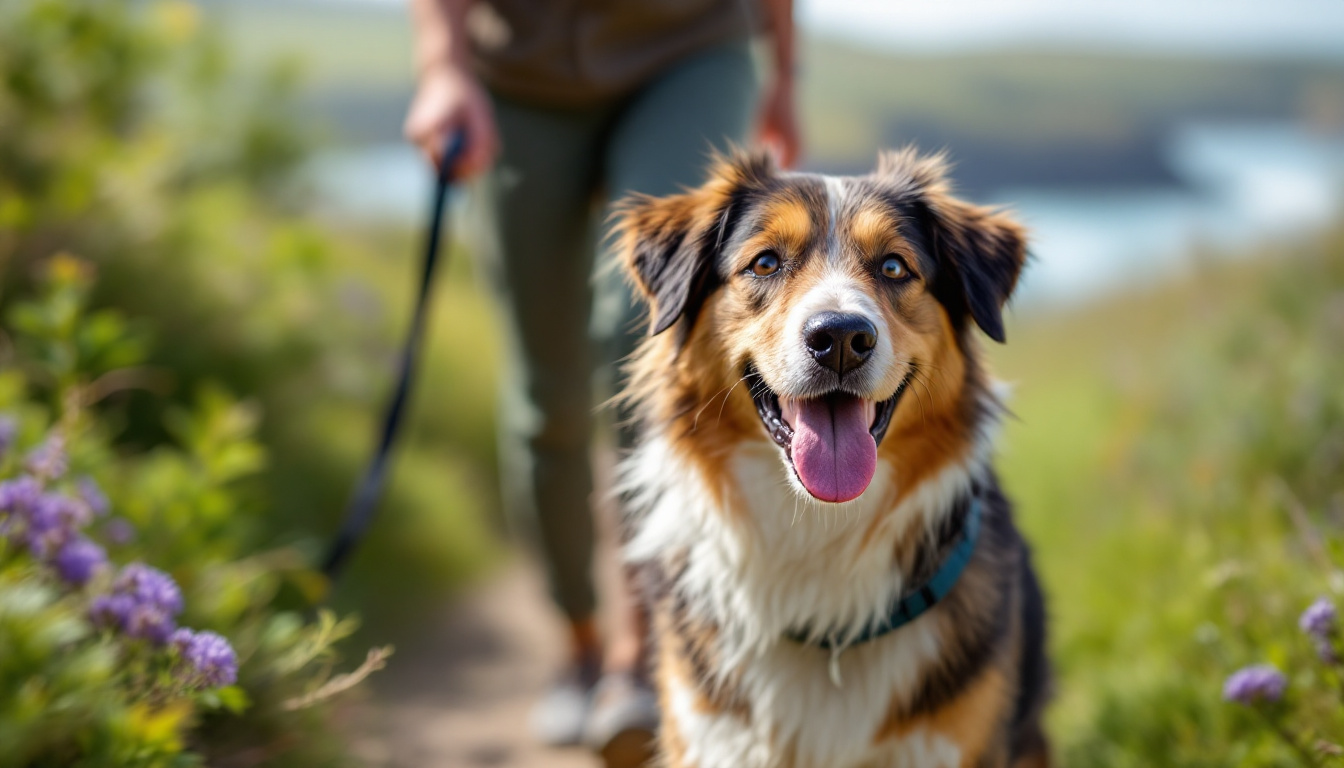
If your pup’s energy seems hard to handle or you’re catching new quirks in their routine, it may be one of the early signs your dog needs more exercises.
Paying attention to small changes today helps prevent bigger health or behavior issues down the line.
Whether you’re new to local dog walking in East Cornwall or just want the happiest dog possible, understanding these red flags and how to respond will make life better for both you and your companion.
Behavioral Red Flags: Restlessness, Destruction, and Attention-Seeking
Many dogs show they need more exercise long before obvious weight changes or health problems appear.
Dogs are vibrant, social animals, and when they’re under-exercised, you’ll see some clear behavioral signs pop up:
- Restlessness and hyperactivity: Pacing around the house, running in circles, or not being able to settle—these are telltale clues.
- Destructive behaviors: Chewing furniture, shoes, or even digging at the carpet tends to mean your dog needs a better outlet for energy.
- Attention-seeking: Persistent barking, whining, pawing, or “performing” for your attention often flags boredom or a need for more stimulation.
Wondering how to break the cycle? Daily dog walks are a reliable solution and easy to weave into everyday life.
Group dog walks offer added stimulation and chances for your dog to socialize, burning off excess energy safely.
For those with younger dogs, puppy walking services provide short, structured outings that suit a pup’s needs without overwhelming them.
Consider this simple “reset plan”:
- Add at least one structured walk with a professional dog walker every day.
- Sprinkle in group dog walks for an extra social boost.
- Use mentally engaging toys, like tug toys, and quick training games to help curb destructive habits.
For local advice, dog walking services in East Cornwall give you support and help maintain consistency, key to taming unwanted behaviors.
When in doubt about canine conflict on walks, check out tips on handling loose aggressive dogs on walks.
If you want to check the science behind these behaviors, PetMD covers common signs when your dog isn’t getting enough exercise.
Also, the Wikipedia dog article has more about dog instincts and behavior.
Physical Changes: Weight Gain and Other Health Issues
Physical changes often creep in quietly when a dog’s activity levels drop. The most noticeable? Weight gain. But you might also see:
- Stiffness after rest, or struggle to climb stairs
- Reduced muscle tone
- Withdrawn behavior or avoiding playtime
These signs indicate your dog is not getting enough physical or mental activity.
Regular activity—whether through daily dog walks, engaging play, or structured dog exercise services—helps prevent these problems.
Tips for boosting physical health:
- Mix short, regular walks with longer, adventurous outings when possible.
- Use quality gear like harnesses designed for your dog’s size. It makes every walk safe and enjoyable! Learn more in the helpful best dog harness for large dogs guide, or browse options at Ruffwear’s harness collection.
A variety of dog exercise services, from local walks to interactive play with a reliable dog walker, supports your dog’s joints, muscle condition, and daily well-being.
Don’t forget, effective routines work wonders for both body and mind.
If you’re struggling with unpredictable weather, see these practical tips for walking dogs in the rain.
Unusual Vocalizations or Anxiety
Does your dog bark or whine more than usual, or act jumpy when you leave the room?
These can be clear signs your dog is anxious or bored due to a lack of exercise. Other signs can include:
- Excessive barking or howling, especially when alone
- Whining, pacing, or being overly clingy
- Compulsive behaviors like licking or tail chasing
These signals often get worse if your dog has extra energy to burn but no healthy way to use it.
The good news is a steady walking routine, led by a reliable dog walker, helps settle nerves and gently builds confidence.
Group dog walks and daily exercise ensure your dog gets their social and physical needs met, easing stress and boredom over time.
To help anxious or restless dogs:
- Stick to a routine with daily walks and enough chances to explore new areas.
- Try engaging games and toys, like tug toys, to boost mental stimulation.
- Look for help from dog walking services or a professional dog walker when busy work weeks or travel interrupt your usual schedule.
To understand different anxiety treatments and solutions, visit AKC’s anxiety in dogs guide or see the in-depth Anxiety Treatment for Dogs resource.
Remember, a proactive and loving approach—along with the right local support—can change everything for both you and your furry best friend.
For the latest advice about walking, gear, anxiety, and routines, local experts at Paw-Tastic Walks are always happy to help with tailored service offerings for dogs.
For even more insights into your dog’s habits, explore articles on early signs your dog needs more exercise.
Your attentiveness and care, together with local services, will help your pet feel happy, healthy, and calm all year round.

How to Safely Increase Your Dog’s Exercise
If you spot early signs your dog needs more exercises, it’s easy to worry about where to start.
Dogs thrive with a blend of physical activity and mental challenges, and your approach doesn’t have to be complicated or intimidating.
Safe, gradual increases in movement, mixed with creative enrichment, bring out the best in your dog and build your bond along the way.
Count on the support of dog walking services and adjust your routines gently—no giant leaps needed, just steady improvement for happier, healthier days.
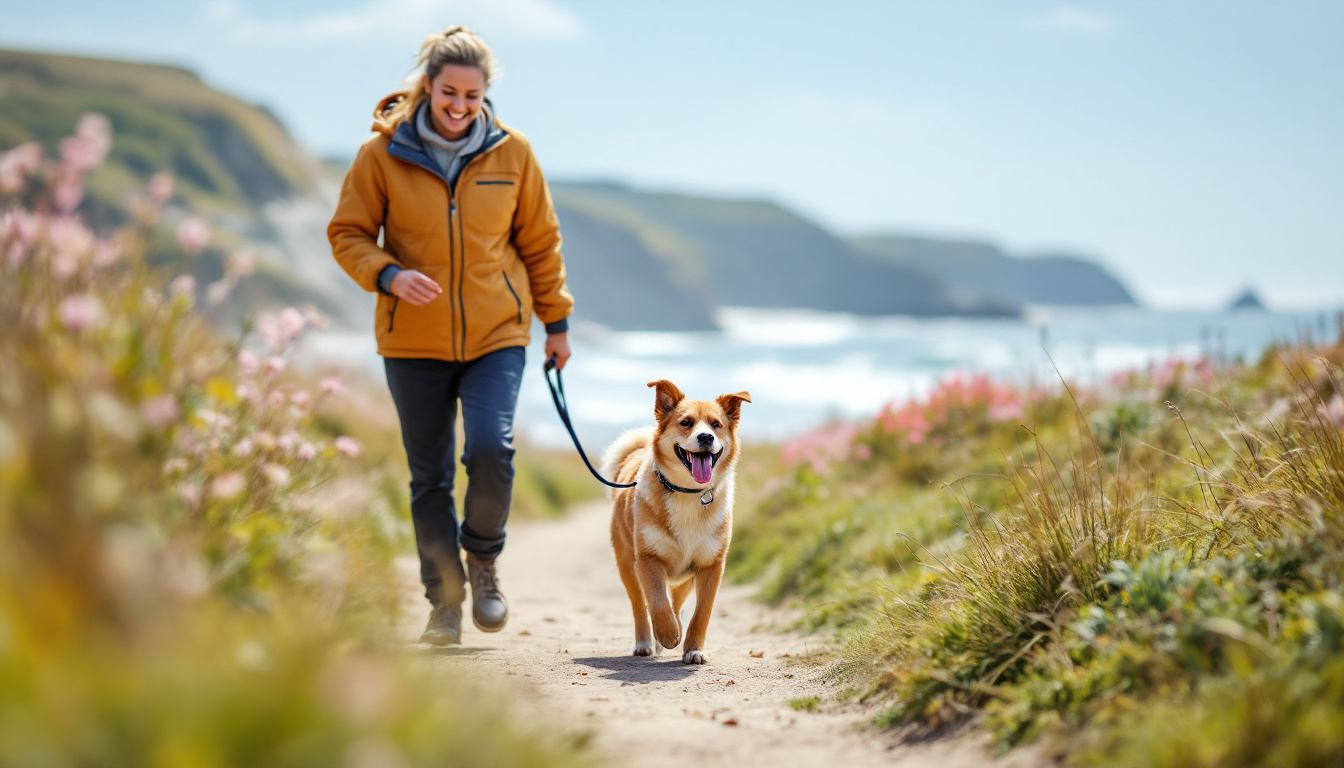
Fun Enrichment Activities Alongside Walks
Mixing up your daily dog walks keeps things interesting, not just for your dog, but for you as well.
Enrichment activities add layers of fun and mental challenge, making each outing more valuable.
Dogs of all ages, from eager pups to mellow seniors, benefit when you turn ordinary routines into engaging experiences.
Ideas to add enrichment:
- Play fetch with a twist. Throw toys in new directions, use balls that bounce oddly, or hide them for scent challenges. This turns basic fetch into a brain and body workout.
- Scent work serves as a treasure hunt. Hide treats or favorite toys in the garden or on your walk, then let your dog sniff them out. Nose work is deeply satisfying and mentally tiring.
- Tug-of-war using tug toys gives your dog a great outlet for energy. It’s not only physical, but also builds impulse control and strengthens your relationship. Structured tug play teaches rules and focus, giving an ideal mix of exercise and mental challenge.
- Training games worked into walks, such as practicing “sit,” “wait,” or “leave it,” keep your dog alert and thinking. Even five-minute training sessions burn energy and reinforce good habits.
Why enrichment matters:
Enrichment reduces boredom and destructive habits by channeling excitement in the right direction. It’s a surefire way to meet both mental and physical needs—key for managing early signs your dog needs more exercise.
- Mental stimulation helps reduce anxiety and builds confidence.
- Physical activity boosts cardiovascular health, supports joints, and helps manage a healthy weight.
- Bonding happens naturally during games. Tug games and shared sniffing adventures deepen trust and joy between you and your dog.
Group dog walks and puppy walking services help even more by adding a social layer.
Group walks offer safe play and structure among new friends, which can be a highlight of the week for many dogs.
For puppies, puppy walking services introduce exercise gently and with positive reinforcement, building healthy habits right from the start.
Looking to explore more? If you have an energetic breed, such as a Labrador, you might enjoy these Labrador walking tips and safety advice.
For larger breeds, proper gear makes all the difference. Read guidance on finding the best dog harness for large dogs for comfort and control on every walk.
Ways to Find the Right Balance
Choosing the right mix of activities doesn’t have to feel overwhelming. Here are some easy actions to start:
- Add a structured walk every day with a professional dog walker for consistent exercise.
- Alternate solo strolls with group dog walks so your pet enjoys both one-on-one time and social play.
- Pair walks with quick enrichment breaks, like scent games or tug-of-war, for a fuller routine.
- Monitor for improvement—less restlessness, better focus, and a happier dog are your best feedback.
If you’re not sure where to begin or how to fit more activity into your schedule, local dog walking services provide flexible options.
A reliable dog walker can build custom plans (including enrichment and training games) that consider your lifestyle and your dog’s specific needs.
For additional background on dog enrichment and training, check out the article on dog behavior from Wikipedia.
Tip: Always introduce new activities gradually, especially for puppies and senior dogs.
Stop if your dog shows signs of fatigue or discomfort.
Curious about how much activity is enough? Signs your pup needs more exercise can include pacing, barking, excess chewing, or sluggishness.
If you want more background, visit Signs that Your Dog Needs More Activity for further reading.
For extra inspiration and advice on safe, enjoyable outings, pop over to is dog walking dangerous? for practical safety insights.
If you’re eager for local support in East Cornwall, professional dog walkers can help keep your routines stress-free and rewarding.
Flexible schedules, clear dog walking rates, and group options make it easier than ever to offer your pet the exercise and enrichment they deserve.
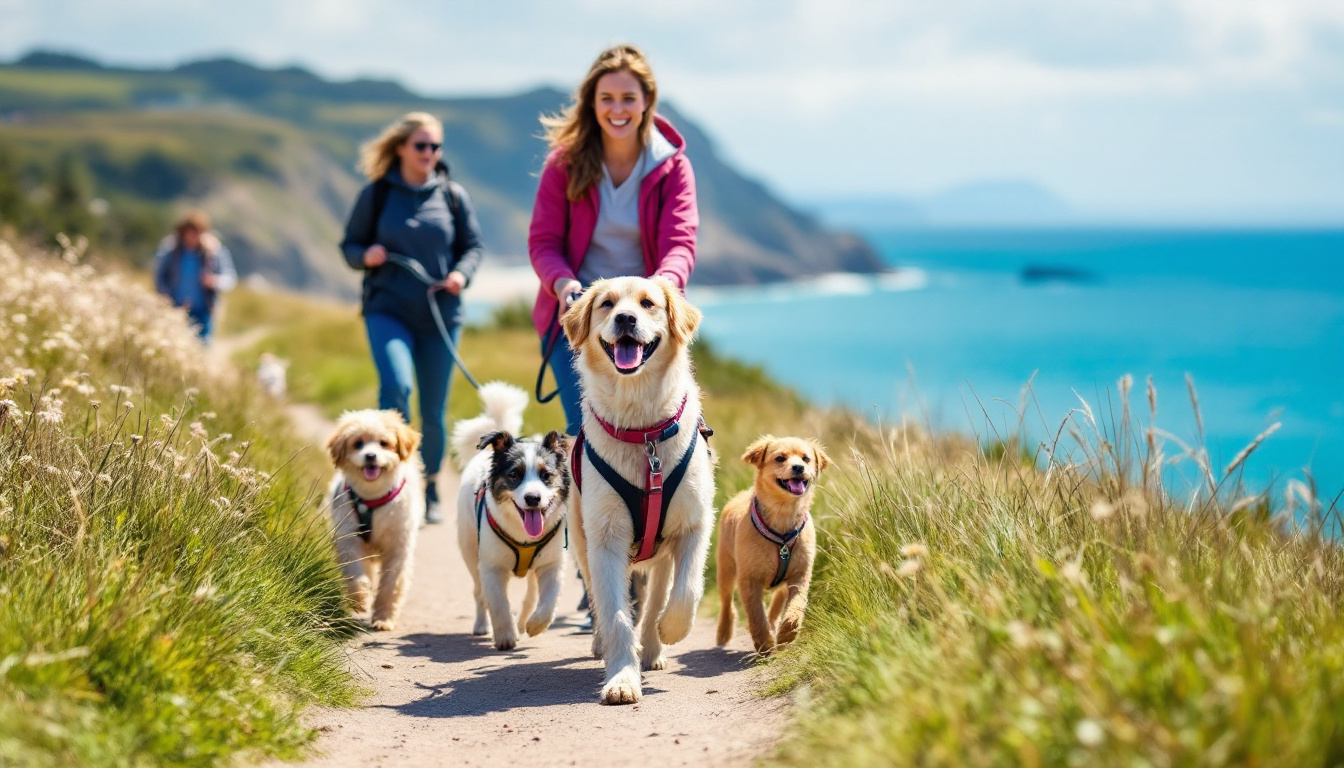
When to Get Professional Help: Signs It’s Time for a Dog Walker
It can be tough to know exactly when your dog’s daily exercise needs outgrow your routine.
Sometimes life gets busy, responsibilities pile up, and suddenly those long walks your pup loves become less regular.
If you have noticed some early signs your dog needs more exercises and struggle to keep up, it might be time to look at professional dog walking services for support.
Here’s how to tell if bringing in a reliable dog walker or joining group dog walks is the right next step for your family—and your dog.

Persistent Signs You Can’t Meet Their Needs Alone
Dogs are honest communicators. If your best efforts at walks, play, and enrichment still don’t ease restless behaviors or physical shifts, it’s a clear message.
Here are several cues that signal it’s time for extra help:
- Routine destructive behavior: Despite chew toys and activities, your dog chews, digs, or destroys household items.
- Daily hyperactivity: Endless pacing, running in circles, or not settling—especially after exercise attempts.
- Excessive attention-seeking: Barking, whining, or “demanding” non-stop interaction even after walks.
- Noticeable weight gain: Slow but steady increases on the scale, even with healthy meals and treats.
- Withdrawn or anxious behavior: Hiding, reluctance to play, or vocalizing anxiously when left alone.
If these challenges linger, it may point to a genuine gap in your current routine.
Partnering with a professional dog walker or arranging puppy walking services gives your pet reliable outlets for this energy, bringing balance and calm back to your home.
For more details on warning signs, the resource 6 Signs Your Dog Isn’t Getting Enough Exercise provides a quick breakdown based on veterinary advice.
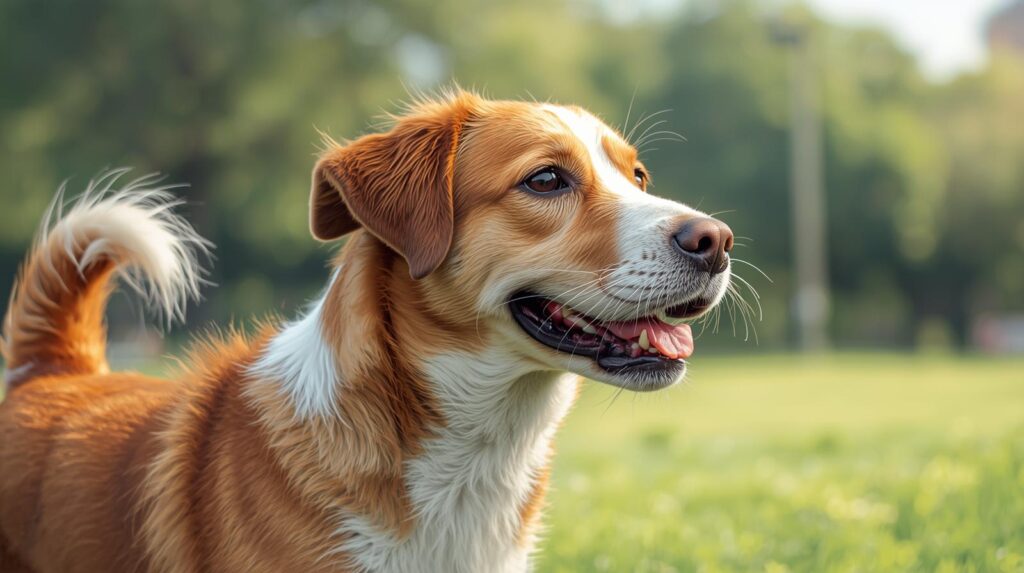
When Your Schedule Can’t Stretch
If long workdays, family needs, or unexpected life events leave your dog at home for extended hours, a bit of outside support can be the best remedy.
Dog walking services step in so your dog isn’t missing out due to busy changes at home.
You might need:
- Consistent daily dog walks: Scheduled exercise that breaks up long alone time.
- Group dog walks: Social sessions that provide enrichment and company.
- Flexible puppy walking services: Gentle options a few times a week for younger pups who shouldn’t do full walks yet.
You can relax knowing a reliable dog walker carries insurance, follows safety procedures, and keeps a caring eye on your pet.
Plus, you’ll find transparent dog walking rates and flexible options that suit most budgets.
Safety and Peace of Mind: Professional Touches Matter
Professional dog walkers do more than just stroll. They check for safe routes, choose weather-appropriate routines, and monitor your dog’s mood and energy each day.
For families who want peace of mind, especially in places with unpredictable weather, a pro can adjust to conditions—read more about how to safely walk your dog in the rain.
A good walker offers updates, reliable pick-up and drop-off, and handles emergencies if needed.
If your pet is an escape artist, you might also consider a GPS dog tracker for peace of mind.
Worried about social challenges or managing your dog’s quirks? Quality providers know how to safely navigate loose or aggressive dogs during walks.
If your dog is older, has special needs, or needs one-to-one care, they’ll match the plan to your situation.
Hidden Bonuses: Socialization and Enrichment
Dog walking services do more than fill a time gap. Professional outings often include new walking routes, time with other dogs, on-the-go enrichment, and structured play.
Services like group dog walks boost confidence and positive behavior. Extra enrichment, like games with tug toys, encourages both physical and mental growth—great for young and older dogs alike.
You’ll notice happier walks, less destructive behavior, smoother evenings, and, quite often, a healthier, more relaxed pet. Your home will likely feel calmer too.

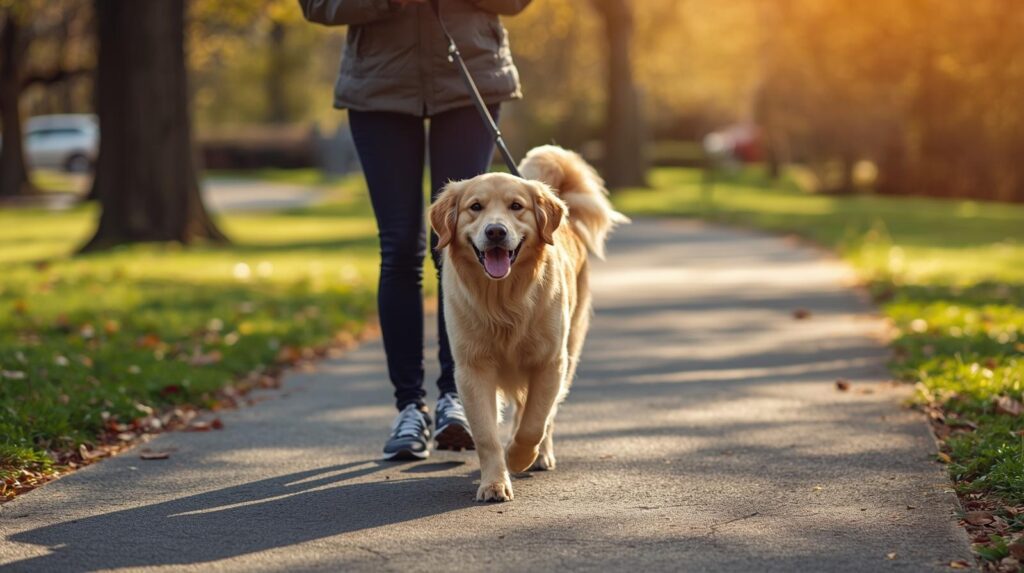
Is It Time to Reach Out for Help?
If you keep seeing the early signs your dog needs more exercises and life can’t flex much more, it’s wise to consult local dog walking services.
In the East Cornwall area, that means reaching out for trusted, tailored plans from experienced pros.
Find service details or arrange a chat about your needs by exploring the puppy and group walking services or contacting your local expert.
Dogs thrive on routine, variety, and regular activity. When your schedule can’t keep up, a helping hand is the next best step.
For more background on dog psychology and exercise needs, you might find the Wikipedia article about Exercise and Dogs helpful as a reference.
Professional support with daily dog walks, group dog walks, or puppy walking services helps fill the gap and brings harmony back into your home.
Listen to those persistent signals—your dog will thank you with every wagging walk.
Available from our Paw Tastic Apparel Store….and a whole lot more!
Conclusion
Early signs your dog needs more exercises often show up as restlessness, weight gain, destructive chewing, or extra barking.
Noticing these signals early helps keep your pet healthy, relaxed, and better behaved.
Every dog is different, so watch for changes in their routine, mood, or energy, and never hesitate to ask for help if things feel off.
Support is always close by. Local dog walking services and a reliable dog walker can turn things around with group dog walks, daily dog walks, or even puppy walking services if you’re starting with a youngster.
Rates are often more flexible than you’d expect, so help is within reach.
Choosing the right activities creates a happier life for your dog and brings more calm to your home.
If health changes come out of nowhere, always check with your vet to rule out medical issues. Ready to start? Contact Paw-Tastic Walks for expert, friendly service and local answers.
Your dog is speaking—you just need to listen and respond with care. Thanks for reading, and we’d love to hear your stories or questions about keeping your dog active and happy!
For more about canine exercise and behavior, visit Dog Exercise on Wikipedia.
